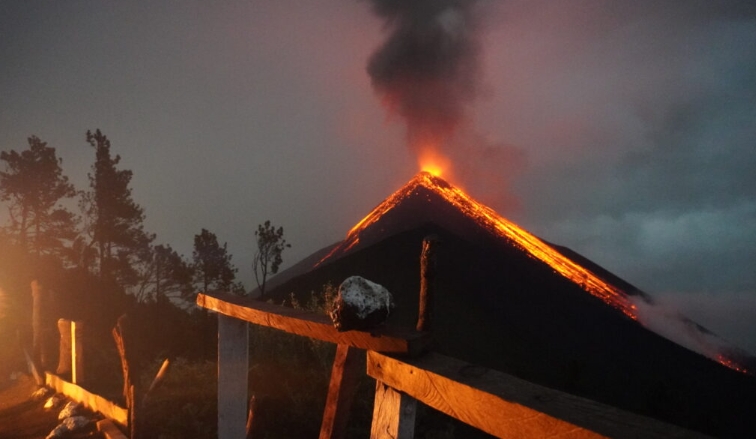Volcanoes are powerful natural forces that have fascinated humans for centuries. While many people know the basics about volcanoes, there are some fascinating facts that may surprise you.
1. Volcanoes can be found all over the world
There are over 1,500 active volcanoes on Earth, with the majority located along the “Ring of Fire” in the Pacific Ocean. However, volcanoes can also be found in other regions, including Iceland, Italy, and Africa.
2. The largest volcano in the solar system is not on Earth
Olympus Mons on Mars is the largest volcano in the solar system, standing at over 13 miles tall. It is three times taller than Mount Everest, the highest peak on Earth.
3. Volcanoes can cause global cooling
When volcanoes erupt, they release ash and gases into the atmosphere that can block sunlight and lower temperatures. This cooling effect can last for several years and have a significant impact on the Earth’s climate.
4. Hawaii is home to one of the most active volcanoes in the world
Kilauea, located on the Big Island of Hawaii, has been continuously erupting since 1983. It is one of the most active volcanoes in the world and is a popular tourist attraction.
5. Volcanic lightning is a real phenomenon
During a volcanic eruption, lightning can be seen flashing in the ash clouds. This phenomenon, known as volcanic lightning, is caused by the static electricity generated by the friction of ash particles in the air.
6. Volcanoes can create new land
When lava flows from a volcano and cools, it forms new land. In fact, many islands around the world, including Hawaii and Iceland, were formed by volcanic activity.
7. The word “volcano” comes from the Roman god of fire
The name “volcano” comes from Vulcan, the Roman god of fire. The Romans believed that volcanoes were created by Vulcan’s forge beneath the Earth’s surface.
In conclusion, volcanoes are truly fascinating natural wonders that continue to capture our attention and curiosity. Whether they are erupting with explosive power or creating new land, volcanoes are a reminder of the Earth’s ever-changing and dynamic nature.

